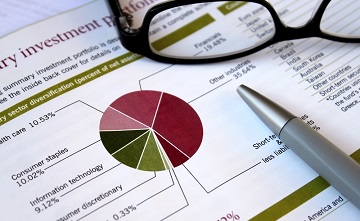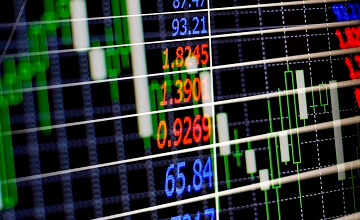Why financial advice may be your best investment
It is commonly assumed that seeking financial advice is for the wealthy, and it only helps the rich become richer, yet financial advice can prove useful to anyone who wishes to better their financial future. Financial advice is like getting a health check-up for your financial situation. Your financial adviser is like your personal trainer, assisting you in achieving your best possible financial health. Seeking professional financial advice provides you with a clear path to achieve your financial goals, and that is an investment worth making. Why invest in financial advice? Financial advice isn’t only about investing your money in the share market. Want to save to buy your first home? Want to protect your children in case of your death? Want to enjoy a comfortable retirement? Don’t understand what to do with your super or how to invest in the share market? Think of a financial adviser as a one-stop shop for the majority of your financial issues in life. Come to think of it, be it your parents telling you to save money from your first job or an Instagram ‘finfluencer’ explaining the benefits of compound interest while dancing to a trendy song, these are all informal pieces of financial advice you receive throughout your lifetime. However, a professional adviser can legally provide holistic advice by reviewing your entire financial situation and your risk-taking capacity to recommend an appropriate investment portfolio. Also, an adviser’s investment recommendations are based on research which can give you comfort over your decisions rather than constantly worrying about the investment you made based on your work colleague’s stock ‘tip’. Is financial advice cost effective? The financial advice industry has undergone a monumental transformation following the Financial Services Royal Commission of 2017-2019. As a result, new education and compliance requirements have been legislated to further protect the client’s best interests. This has led to a drop in the number of financial advisers Australia-wide – from approximately 28,000 in 2018 to just 19,000 in 2021. The silver lining here is that while there are fewer advisers to choose from, the quality of advice is deemed to improve exponentially. As per Russell Investments “Value of an Adviser” report, advisers added a value of approximately 5.2 per cent to their client’s portfolios in the 2020 COVID-19 pandemic. Still, the true value of financial advice is much more than comparing the fees you pay against the performance of your investments, or the tax saved on your income. A financial adviser can be a sounding board for your financial ideas, a resource to answer the simplest or most complex of queries, provide research-backed recommendations, and guide you over the long term based on their experience. Ready to make the investment? Your day to day job may not allow you to focus on the financial aspect of your life. In contrast, your financial adviser’s primary daily responsibility is to help you handle your finances efficiently. So, are you ready for your financial check-up? Take the first step and book an appointment with us today. The information provided in this article is general in nature only and does not constitute personal financial advice.


















